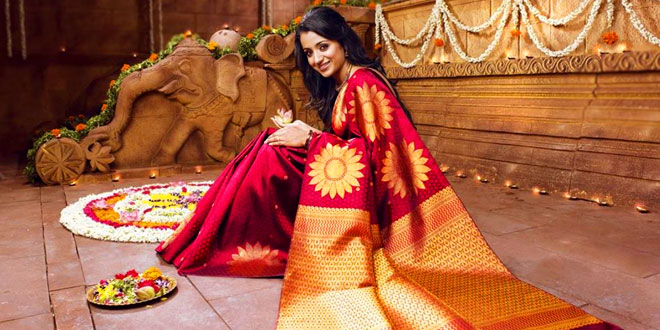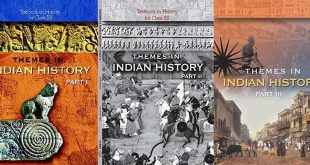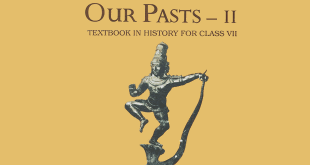Question: Write a few lines on each’of the following: (a) Patola weave (b) Jamdani weave (c) Chintz
Answer:
- Patola weave: It came into existence in the mid-19th century. It was woven in Surat, Ahmedabad and Patan. It was highly valued in Indonesia. It became a part of the local weaving tradition there.
- Jamdani weave: It grew in the early 20th century. Jamdani is a fine muslin on which decorative motifs are woven on the loom, typically in grey and white. Often a mixture of cotton and gold thread was used. The most important centres of jamdani weaving were Dacca in Bengal and Lucknow in the United Provinces.
- Chintz: The term chintz is derived from the Hindi word chhint, a cloth with small and colourful flowery designs. It was produced in Masulipatnam and Andhra Pradesh in the mid-19th century. It was in great demand in England and Europe.
Question: How did Iron and Steel factories come up in India?
Answer: Jamsetji Tata had decided to spend a large part of his fortune to build a big iron and steel industry in India. But this could not be done without identifying the sources of fine quality iron ore. For this reason his son, Dorabji Tata along with Charles Weld, an American geologist, began travelling in Chhattisgarh in search of iron ore deposits. It was the year 1904.One day, after travelling for many hours in the forests, Weld and Dorabji came upon a small village where they met the Agarias, who were carrying basket loads of iron ore. When asked where they had found the iron ore, the Agarias pointed to hill in the distance, Weld and Dorabji rushed to the hill. On exploring the hill the geologist declared that they had at last found what they had been looking for.
But there was a problem. The region was dry and the Tatas had to search for a more suitable place to set up their factory.
A few years later a large area of forest was cleared on the banks of the river Subarnarekha to set up the factory and an industrial township, i.e. Jamshedpur. Here, there was water near iron ore deposits. The Tata Iron and Steel Company, popularly known as TISCO began producing steel in 1912.
Question: What qualities of metal and manufacturing techniquwes make Tipu’s sword so special? Discuss briefly.
Answer: Tipu Sultan’s Swords
- The swords were special as they were incredibly hard and the sharp edge could easily rip through the opponent’s armour.
- This quality of the sword came from a special type of high carbon steel called Wootz. Wootz was produced all over south India. Wootz steel when made into swords produced a very sharp edge with a flowing water pattern.
- This pattern came from very small carbon crystals embedded in the iron.
Making of Tipu Sultan’s Swords
Francis Buchanan toured through Mysore in 1800, a year after Tipu Sultan’s death. He has written about the technique used to prepare the swords.
-
- Wootz steel was produced in many hundreds of smelting furnaces in Mysore.
- In these furnaces, iron was mixed with charcoal and put inside small clay pots.
- Through an intricate control of temperatures the smelters produced steel ingots that were used for sword making.
- Wootz is an anglicized version of the Kannada word ukku, Telugu hukku and Tamil and Malayalam urukku – meaning steel.
- Indian Wootz steel fascinated European scientists.
- Michael Faraday, who discovered electricity and electromagnetism, spent four years studying the properties of Indian Wootz.
- However, the Wootz steel making process, which was so widely known in south India, was completely lost by the mid-nineteenth century as the swords and armour making industry died with the conquest of India by the British.
- Imports of iron and steel from England replaced the iron and steel produced by craftspeople in India.
 Class Notes NCERT Solutions for CBSE Students
Class Notes NCERT Solutions for CBSE Students





Very useful!